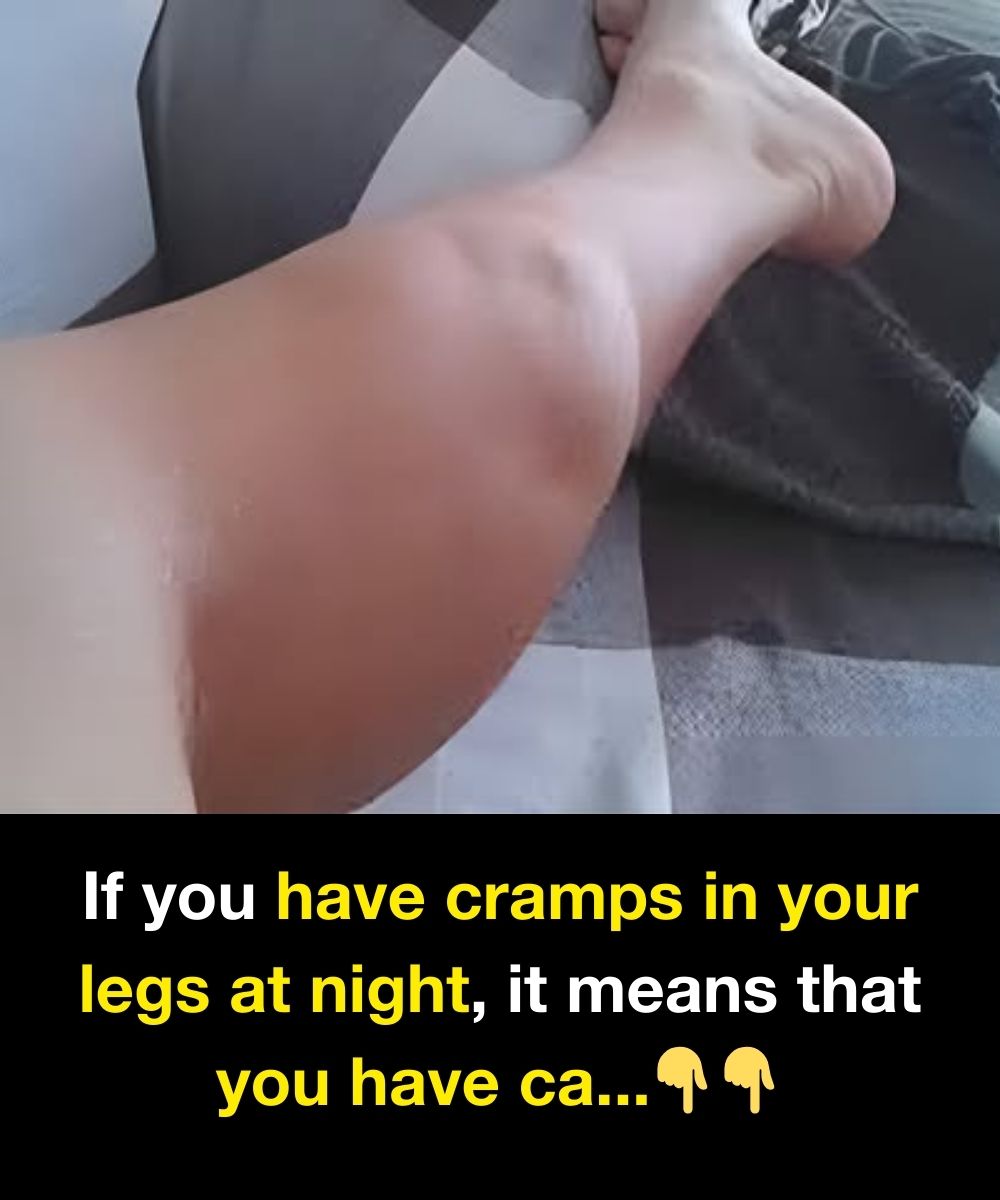
Understanding the causes and finding relief for this painful nighttime problem
If you’ve ever been startled awake by a sharp, stabbing pain in your calf, foot, or thigh, you’ve likely experienced a night cramp—also known as a nocturnal leg cramp. These sudden muscle spasms, usually occurring while sleeping, can last anywhere from a few seconds to several agonizing minutes.
While just about anyone can suffer from night cramps, research and clinical experience show that certain groups of people are significantly more vulnerable. If you're one of them, understanding why it happens is the first step toward finding effective relief.
👥 Who’s Most at Risk of Night Cramps?
1. Older Adults (Age 60+)
Age is one of the top risk factors. Nearly one-third of people over 60 experience night cramps regularly.
Why it happens:
- Loss of muscle elasticity and strength with age
- Decreased nerve function
- Slower circulation, especially in the legs
- More time spent in resting positions that restrict blood flow
🔎 Tip: Gentle stretching before bed can significantly reduce the frequency of cramps in seniors.
2. Pregnant Women
Leg cramps are a well-known nuisance during pregnancy, especially in the second and third trimesters.
Common triggers:
- Extra weight putting pressure on leg muscles and blood vessels
- Hormonal changes disrupting electrolyte balance
- Poor circulation in the lower extremities
👶 Did you know? Around 30–50% of pregnant women report experiencing leg cramps at night.
3. Athletes & Highly Active People
You might think that being fit protects you—but overuse of muscles and electrolyte loss through sweat actually makes active people more prone to cramps.
Why athletes cramp:
- Dehydration and loss of minerals (sodium, magnesium, potassium)
- Muscle fatigue from intense workouts
- Inadequate warm-up or cool-down routines
💧 Hydration and magnesium-rich foods (like bananas, spinach, or pumpkin seeds) can help!
4. People With Sedentary Lifestyles
Sitting too long—whether at a desk or on the couch—can cause muscles to shorten and tighten, making them more likely to spasm at night.
Contributing factors:
- Poor posture and limited movement throughout the day
- Reduced circulation
- Lack of regular stretching or physical activity
🪑 Fix: Take movement breaks every 30–60 minutes if you work at a desk or sit for long periods.
5. People With Underlying Health Conditions
Night cramps are also more frequent in individuals with certain medical conditions, such as:
- Diabetes
- Peripheral artery disease (PAD)
- Thyroid disorders
- Nerve damage or neuropathy
- Chronic kidney disease
🩺 In these cases, cramps may signal deeper health issues—talk to a healthcare provider if your cramps are frequent or severe.
🛏️ Common Triggers for Nighttime Cramps
Even if you're in a high-risk group, certain daily habits can make night cramps more likely:
- Dehydration
- Alcohol or caffeine intake before bed
- Wearing tight shoes or sleeping in awkward positions
- Mineral deficiencies (particularly magnesium, potassium, and calcium)
- Medications, like diuretics, statins, or beta-blockers
✅ Natural Ways to Prevent Night Cramps
Here are evidence-backed strategies that can reduce or prevent night cramps:
🌿 1. Stretch Before Bed
Gentle calf and hamstring stretches before sleep can loosen tight muscles.
💦 2. Stay Hydrated
Drink water throughout the day, especially if you’re active or pregnant.
🧂 3. Boost Electrolytes
Eat foods rich in magnesium (spinach, almonds), potassium (bananas, avocados), and calcium (yogurt, leafy greens).
🧘♀️ 4. Light Exercise
Low-impact activities like walking, yoga, or swimming improve blood flow and muscle tone.
🧦 5. Keep Legs Warm
Cool muscles are more prone to cramping. Try wearing socks to bed in cooler weather.
⚠️ When to See a Doctor
While most leg cramps are harmless, seek medical attention if you:
- Have frequent or severe night cramps
- Notice swelling, redness, or numbness in your legs
- Experience cramps that disrupt sleep daily
- Are on medications that may cause cramping
💬 Final Thoughts
Night cramps may seem like a small inconvenience—until they interrupt your sleep, cause lingering pain, or signal an underlying issue. Knowing whether you’re in an at-risk group is crucial for preventing them.
By making a few simple lifestyle changes—like hydrating, stretching, and correcting mineral imbalances—you can sleep more soundly and wake up cramp-free.

Natural Ways to Prevent Night Cramps
Ingredients
Method
- Drink enough water throughout the day to stay hydrated.
- Incorporate potassium and magnesium-rich foods in your diet.
- Perform gentle stretches before bedtime.
- Engage in light physical activity to improve circulation.
- Wear socks to bed to maintain warmth in your legs.





Leave a Reply